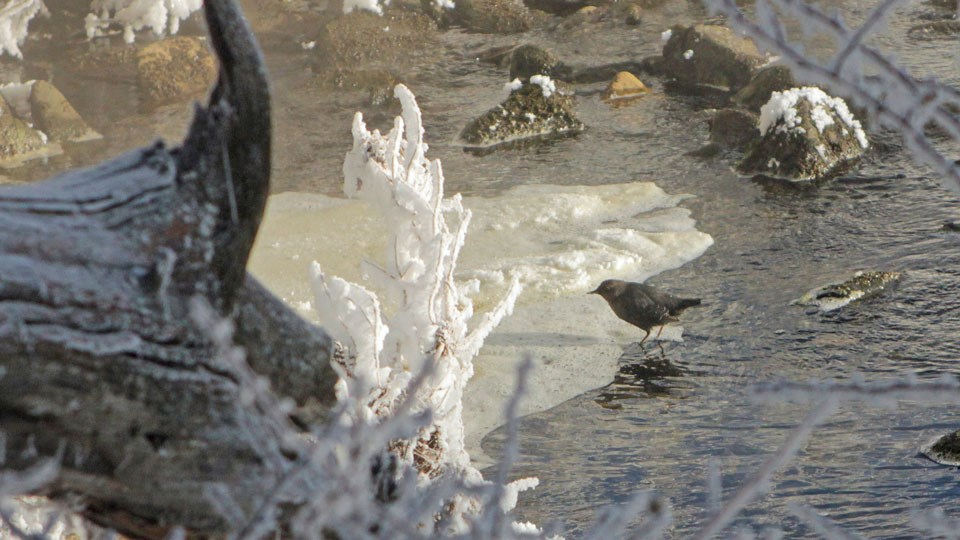
NPS/Diane Renkin ResourceKingery, H.E. and M.F. Willson. American dipper. The Birds of North America Online. https://birdsna.org/Species-Account/bna/species/amedip/introduction 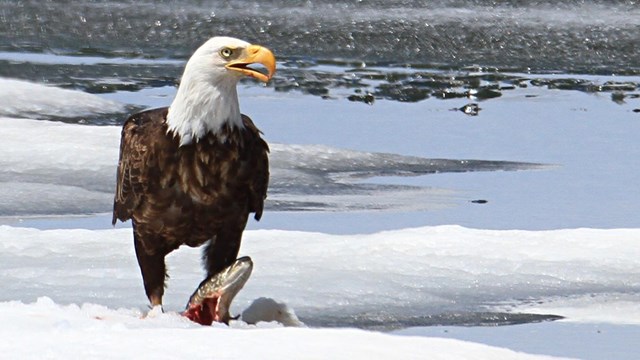
Bald Eagle
Bald eagles can be seen along Yellowstone's many rivers and lakes. 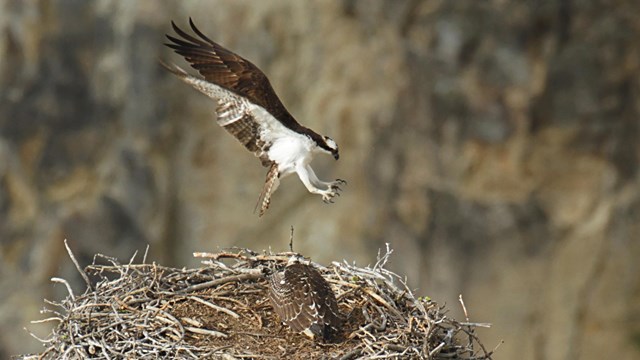
Osprey
Osprey summer in Yellowstone, fishing and raising young. 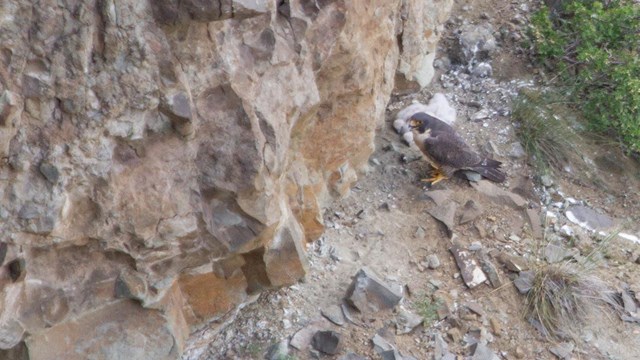
Peregrine Falcon
Peregrine falcons are some of the fastest birds. 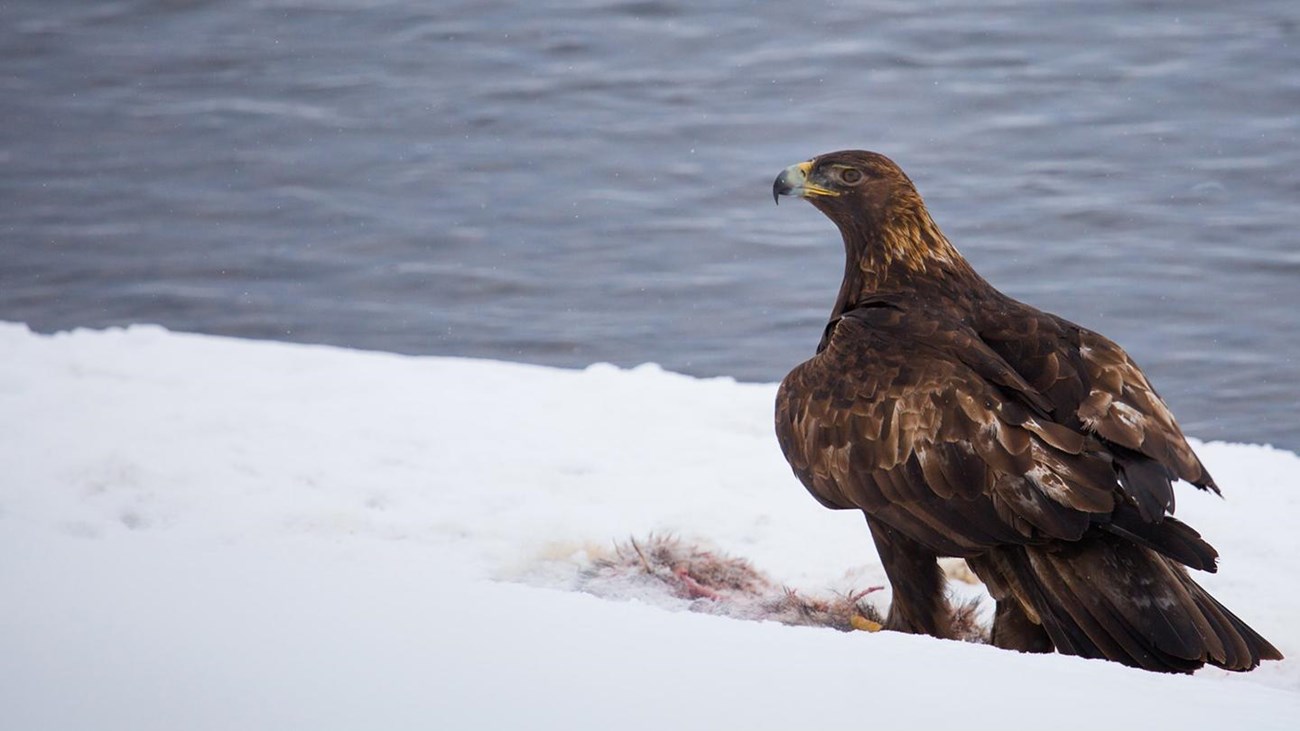
Golden Eagle
Golden eagles are named for the yellow feathers at the base of the neck. 
Colony Nesting Birds
American white pelicans and other colonial nesting birds nest primarily on the Molly Islands in the southeast arm of Yellowstone Lake. 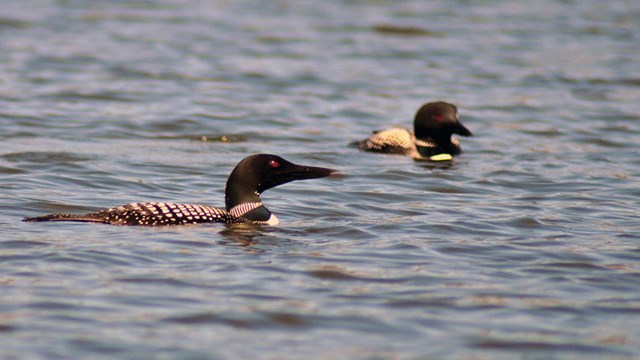
Common Loon
Loons in Yellowstone are some of the southern most breeding populations. 
Trumpeter Swan
Trumpeter swans are the largest wild waterfowl in North America. 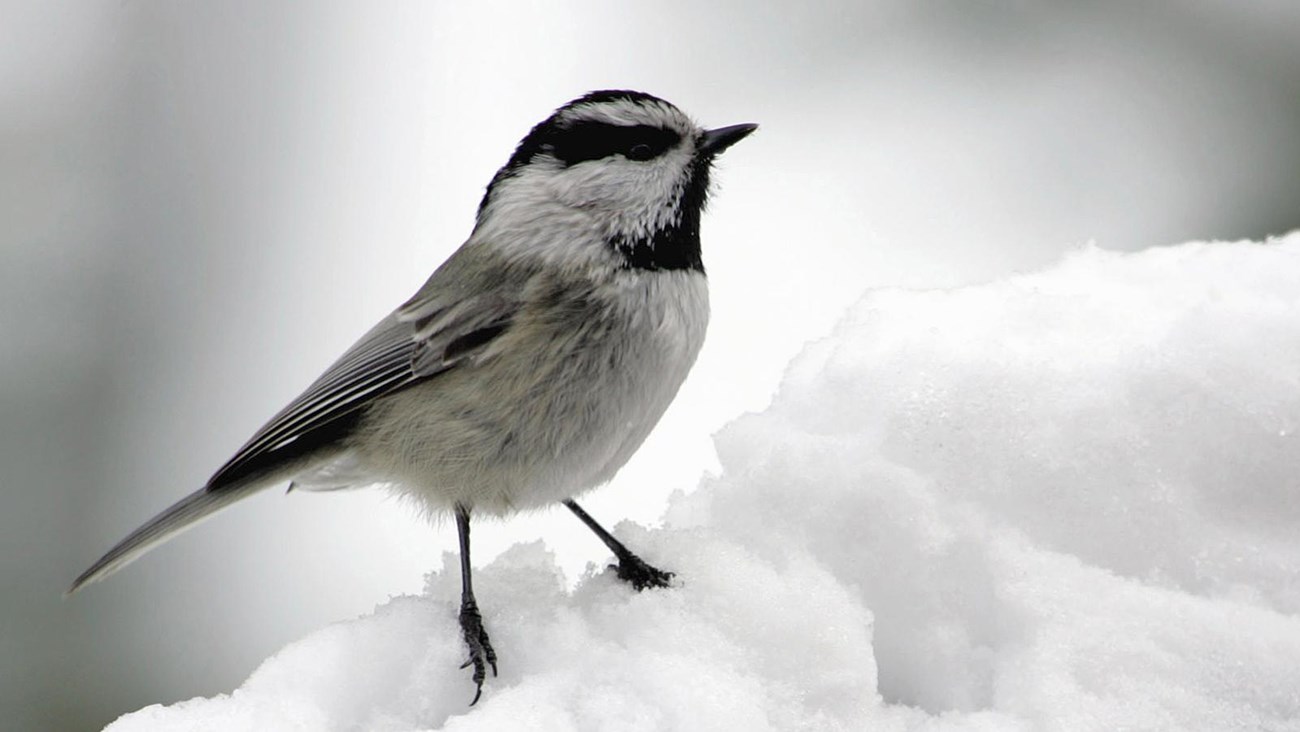
Songbirds and Woodpeckers
Passerine and near passerine species comprise the majority of bird species in Yellowstone. 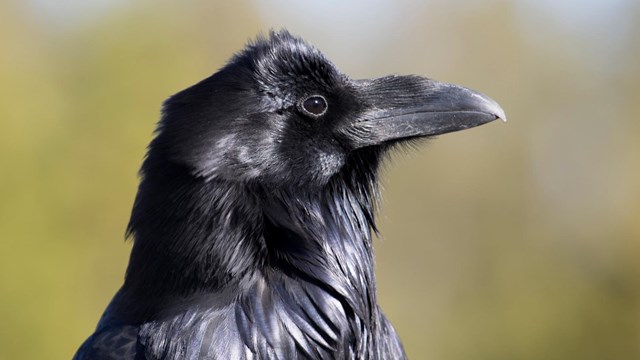
Raven
Ravens are smart birds, able to put together cause and effect. 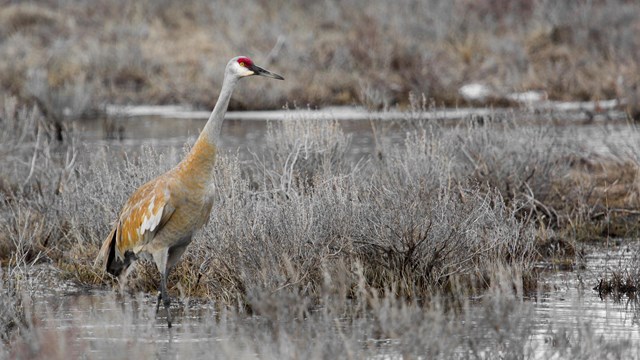
Sandhill Crane
Sandhill cranes nest in Yellowstone during the summer. 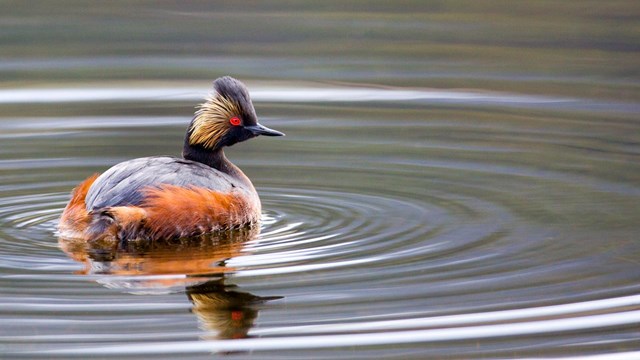
Sound Library
Immerse yourself in the aural splendor of Yellowstone. 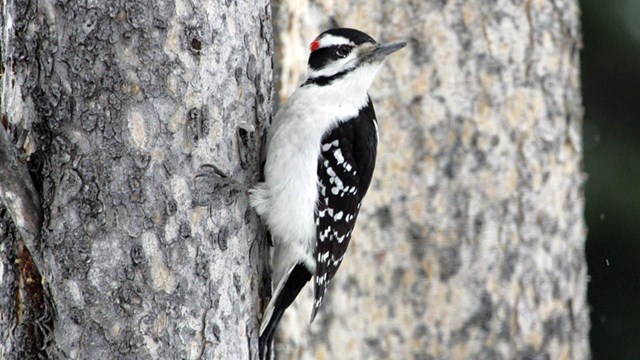
Birds
Spring is a wonderful time to look for birds, as migration brings many birds back to the park. |
Last updated: April 17, 2025
